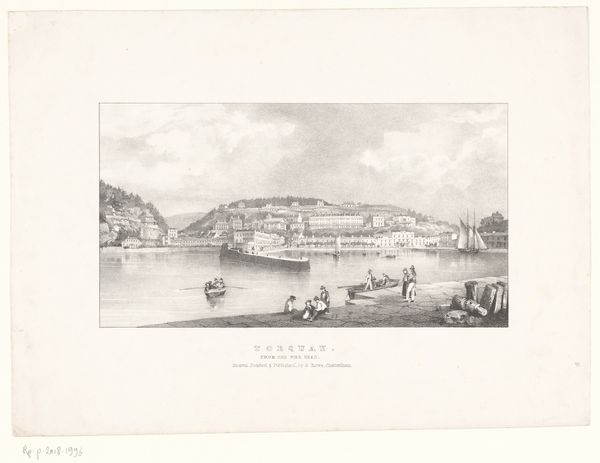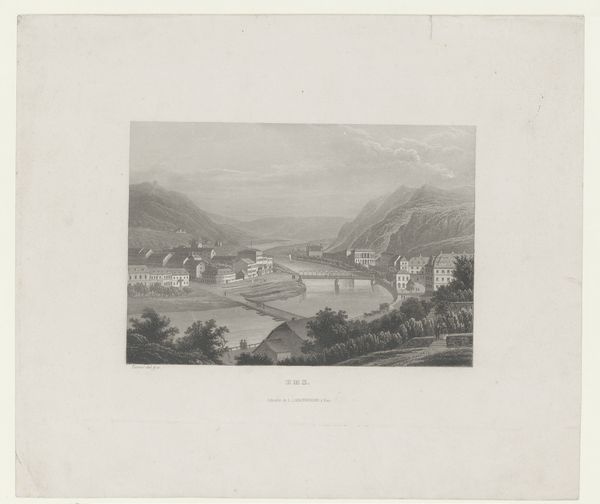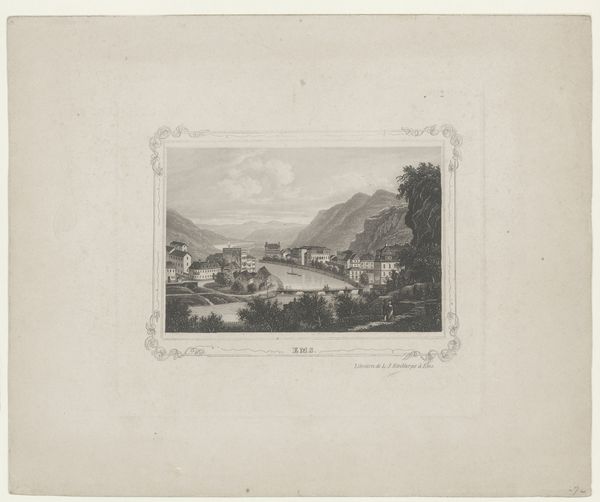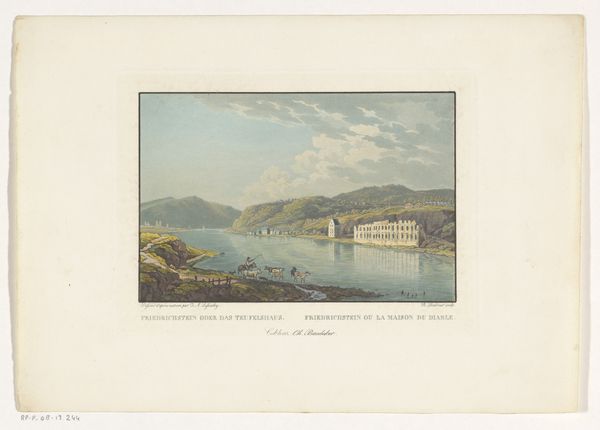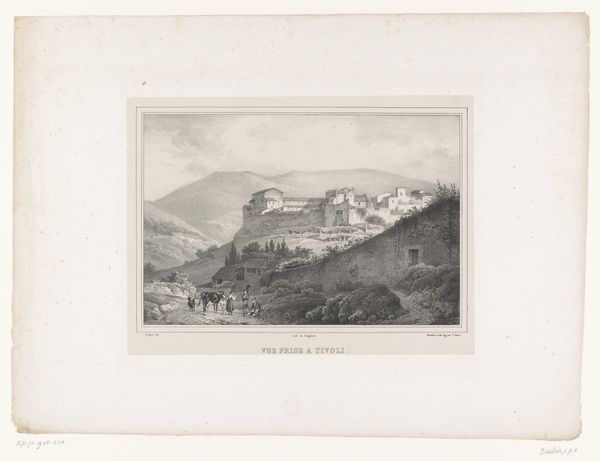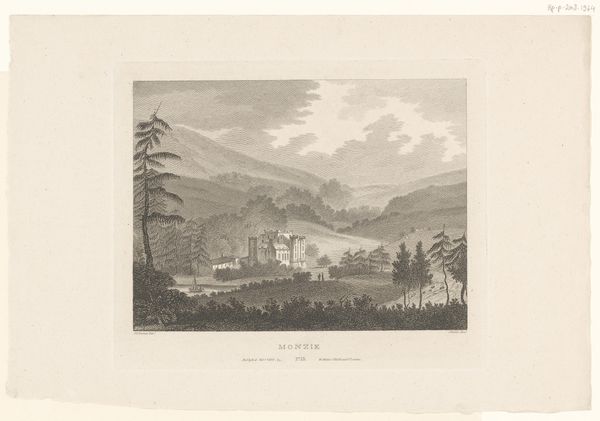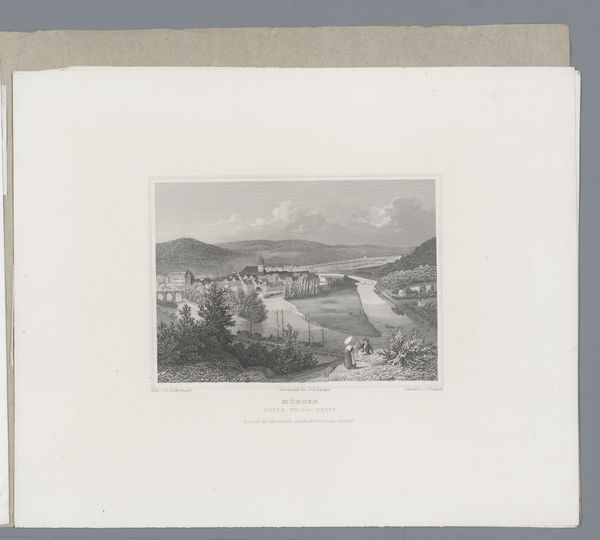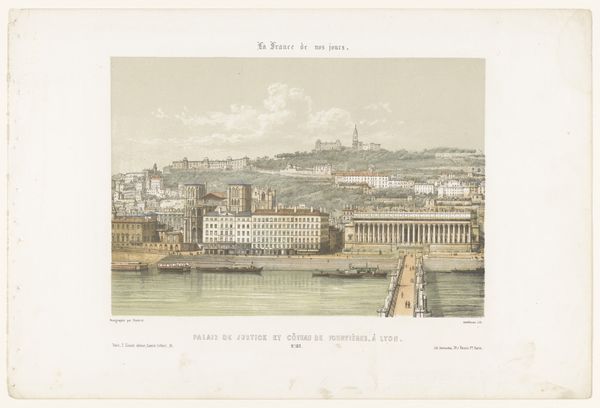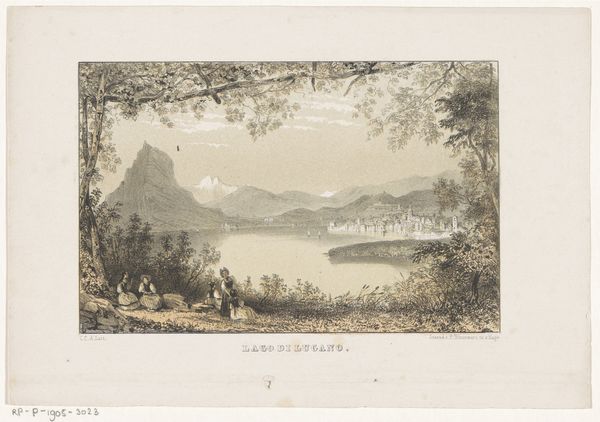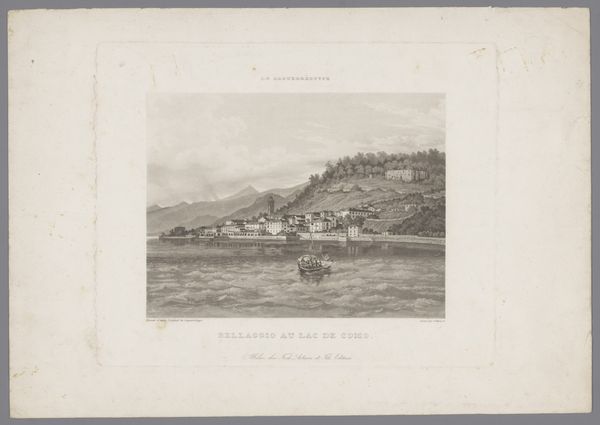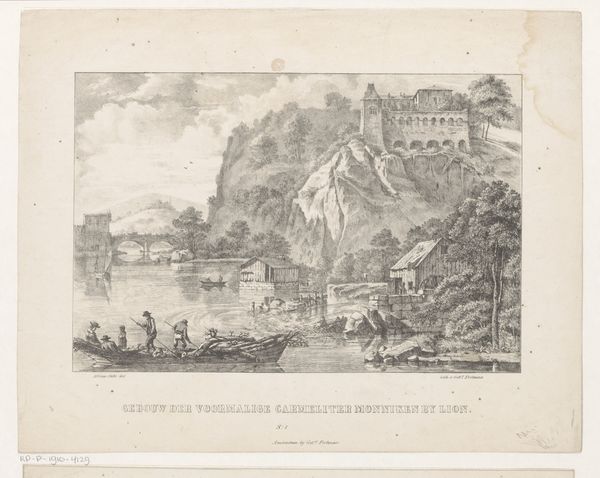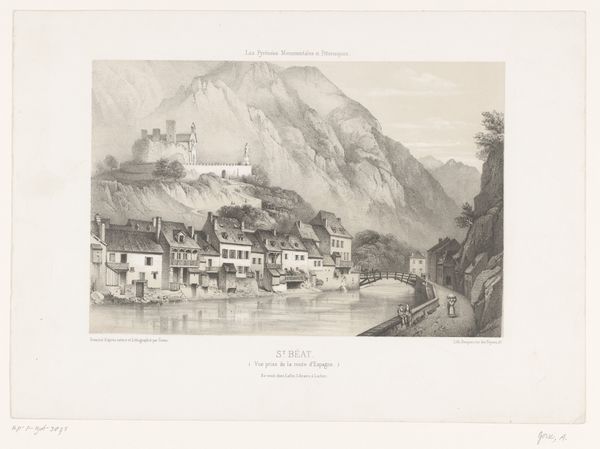
print, engraving
# print
#
landscape
#
romanticism
#
line
#
cityscape
#
engraving
#
realism
Dimensions: height 251 mm, width 325 mm
Copyright: Rijks Museum: Open Domain
Editor: So, this print is called "Gezicht op Torquay," placing it between 1832 and 1852, by George Rowe. It depicts a cityscape – very orderly, almost serene. I'm struck by the rigid lines of the buildings against the natural curves of the hills. What draws your attention when you look at this print? Curator: For me, it's about deconstructing that apparent serenity. Look at the period – early to mid-19th century. We are at the peak of British colonialism. A print like this isn't just a neutral "view." It's actively constructing a vision of British civility and prosperity, meant for mass consumption. Who benefits from this orderly portrayal, and who is left out of the frame? Editor: That’s a really interesting point. I hadn’t thought about it in terms of power dynamics. Curator: Consider also, who would have commissioned and purchased a print like this? This artwork actively participates in shaping a particular ideal for a growing middle class with strong aspirations. It tells them – and perhaps convinces them – that all is well and worth admiring, and thus perhaps worth supporting. Editor: So you’re saying it presents an idealized image of British society that elides some of the era’s harsher realities? Curator: Precisely! By focusing on the aesthetic pleasure of the landscape, we might overlook the social inequalities inherent in its depiction. Editor: It's easy to get lost in the technical skill, the lines and shading, without considering the social implications. Curator: Exactly. The “realism” itself is a construct, a carefully curated selection of what to show and what to omit. Thinking critically about these choices unveils its underlying ideology. Editor: That's a perspective shift for me. I see the piece differently now. Curator: That is the power of questioning perspective. It is a reminder to actively contextualize the past to question the power dynamics that exist in our world.
Comments
No comments
Be the first to comment and join the conversation on the ultimate creative platform.

